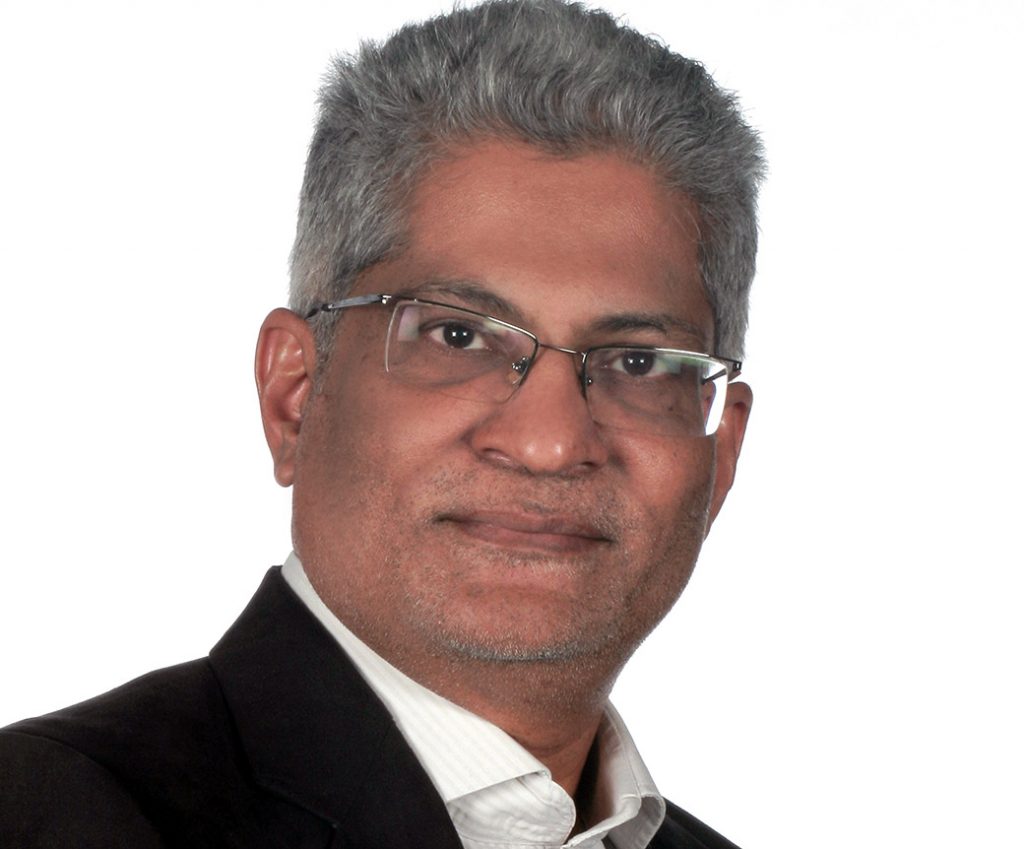Today, with the help of technology an architect can turn any vivid design into a reality. Dr Varkki George Pallathucheril, Interim Dean of the College of Architecture in American University of Sharjah (AUS), speaks with Lorraine Bangera about if this period is the best time to be an architect
How has advances in technology affected architecture in the last decade?
It is true that advances in building systems, materials and construction methods have taken away many of the constraints that used to be placed on designing and constructing a structure in a particular place and time. In my view, however, this has not necessarily liberated the designer as much as we might think. Rather, it has made the designer all the more responsible for being smart and recognizing the necessary limits on design decisions. Just because we can do something does not mean that we should. There are unexpected and unintended consequences, which a casual design decision may not consider, that designers must not take casually.
Could you tell us about some major setbacks an architect working in the Middle East would face today?
It may be true of designing in other contexts as well, but I believe there are barriers to achieving quality design in our context. On the one hand, some projects have high profiles and large budgets that demand product differentiation. They end up being different for the sake of being different, which need not be a good thing. On the other hand, a vast majority of projects have such tight budgets and timelines that it is difficult for the designer to deviate from the norm. We get a regression to the typical that again may not be a good thing.
Do you find some urban spaces today soulless compared to historic structures that were more in touch with nature?
I don’t believe a missing link to nature or the environment is necessarily the only issue. When AUS alumna Shaima al Harmoudi and I took a preliminary look at how places have evolved over the past five decades, we found that the issue was about social and cultural changes. The increased extent to which automobiles are privileged in our urban places plays a role, as does the incredibly high rate of social and cultural change the region is experiencing.
How important is sustainable architecture today?
To me, sustainability is more than a moral imperative. It may be as much an existential imperative. We may be looking at long-term and dramatic changes to the natural systems that support our existence. These changes would in turn force unwelcome changes to our way of life and our children’s way of life. Why not make changes to our built, social, and economic systems, ones that we can live with, and hopefully deflect the dramatic changes that are coming our way? At AUS, we do teach sustainability to our students and the institution aims to be sustainable in its practices as well. We can always do more and are looking at courses and practices that move us in that direction.
Is incorporating environmentalism and design together an architect’s biggest challenge?
I think the challenge is more multidimensional. We most certainly have to reduce our impact on the environment but we are dealing with complex systems that also have social, cultural, political and economic components. The designer of a particular structure or building may not initiate a system-wide change but the aggregate of such individual actions can have systemic impacts.
What do you think about the current construction industry in the Middle East?
The region is at the present time very much on the radar of global practices. The question is whether there is a critical mass centered in the region. I think that is a longer-term outcome. The professionals that we graduate at AUS will contribute to that outcome.
Do you have a favorite building in the region?
The building that I think is notable, my former colleague, Mona al Mousfy, designed exhibition spaces in the Heart of Sharjah project. I am struck by how she successfully and elegantly navigated some of the aforementioned challenges.




